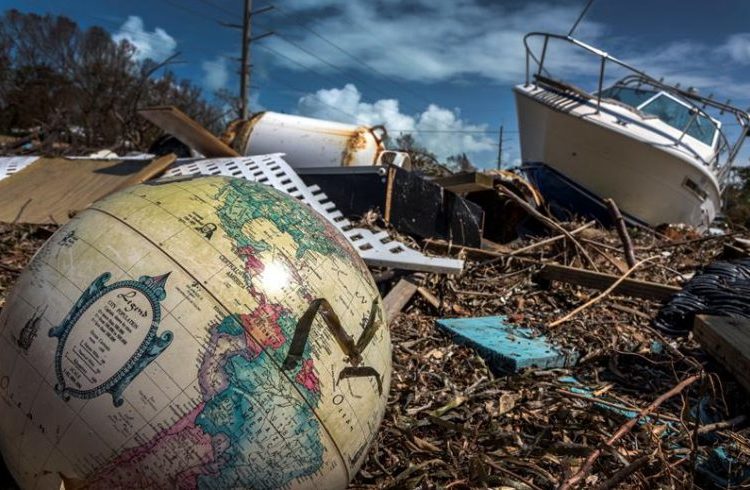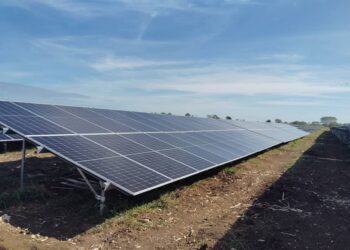The peaceful tourist enclave of the Florida Keys is now a devastated place through which hundreds of military, emergency and public works vehicles parade seeking to bring back to life those keys to the south of Florida hit by Hurricane Irma.
The advance toward the south on the narrow US1 highway, which connects these keys to the continent, reveals a scenario of destruction in that archipelago mercilessly hit last Sunday by the powerful category 4 hurricane.
Irma’s 215-kilometer-per-hour gusts destroyed a great amount of homes and mobile homes, as well as gas stations, small aircraft, vehicles, vessels, trees and all it found on its arrival to the United States, after having sowed death and destruction in the Caribbean.
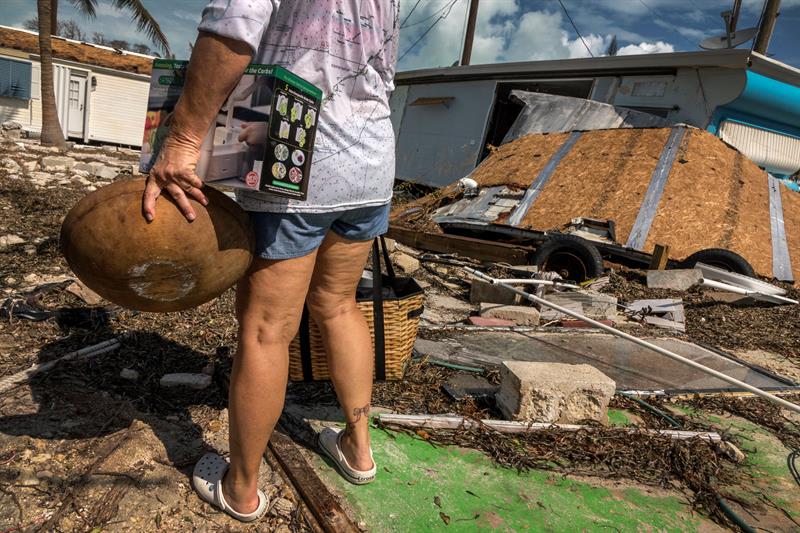
A great deal of rubble like trees, branches, equipment, furniture, washing machines, fridges, bathtubs and even vessels and mobile homes ended up on the US1, destroyed in some of its stretches when the pavement lifted.
The panorama of devastation is even more dramatic in the narrow blocks of this elongated archipelago, where the homes are waiting for their owners with very bad news in what has already been considered a “humanitarian crisis” by Monroe County, which belongs to the keys.
Among them, a three-floor complex, in Islamorada, which sank in the sand taking with it its 12 apartments as if they had been swallowed by a shaft, is a striking image.
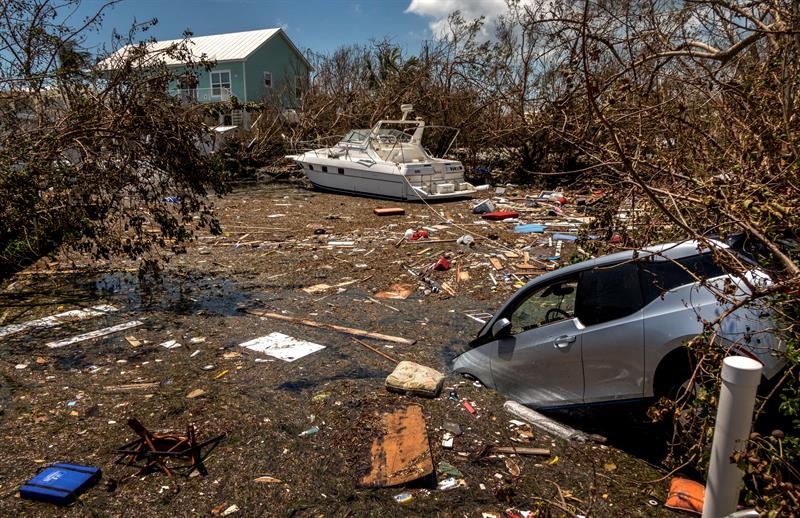
There is total destruction in 24 percent of the buildings, while another 65 percent was damaged by Irma’s force, which at least caused a mortal victim in these keys.
Pedro León, one of the firefighters who entered the neighborhoods to recue people who hadn’t been evacuated, told EFE that he estimates that 85 percent of the 85,000 permanent residents of the keys left before the arrival of Irma.
He affirmed that these rescue tasks started on Monday noon because there was a delay in the cleaning of the first kilometers of the road to guarantee the safety of some of the rescue teams and the first residents who today started returning home.
Starting 07.00 local time, the authorities of Monroe County allowed the access of residents and the owners of establishments, but only of the part that had been cleared, up to kilometer 73, in Islamorada.
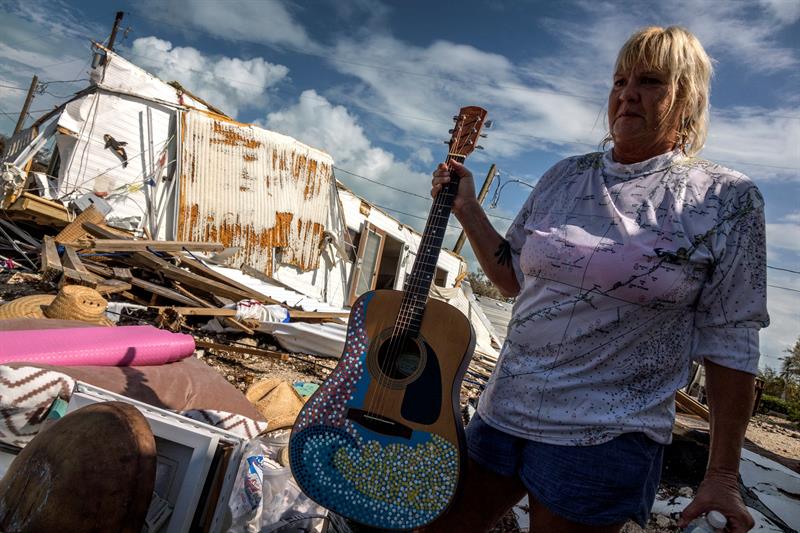
However, more than the return of the evacuees it looked like a military deployment after a war, followed by at least 50 public service vehicles.
Cuban Viviana Barrera, one of the few persons who stayed, told EFE that she, her husband Reinaldo Martínez and their two adolescent children decided to remain on Marathon Key to be able to rescue their home from the water.
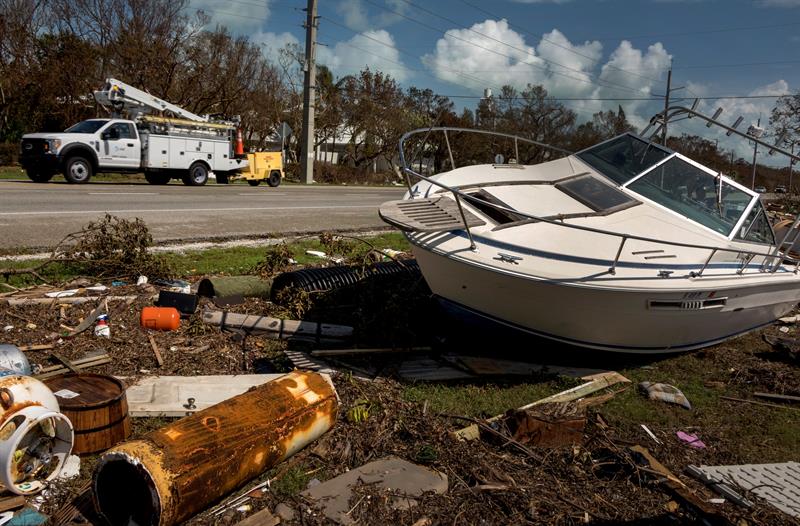
“I didn’t want it to smell bad because that’s how everything spoils. All of us who live on the keys know that this place floods,” she specified.
This Cuban family sought protection from Irma in a four-floor build of some friends in the same key. From there they saw how “doors, fridges and many boats” flew by and witnessed the up to “six-feet (three-meter)-high floods that spoiled their vehicle.
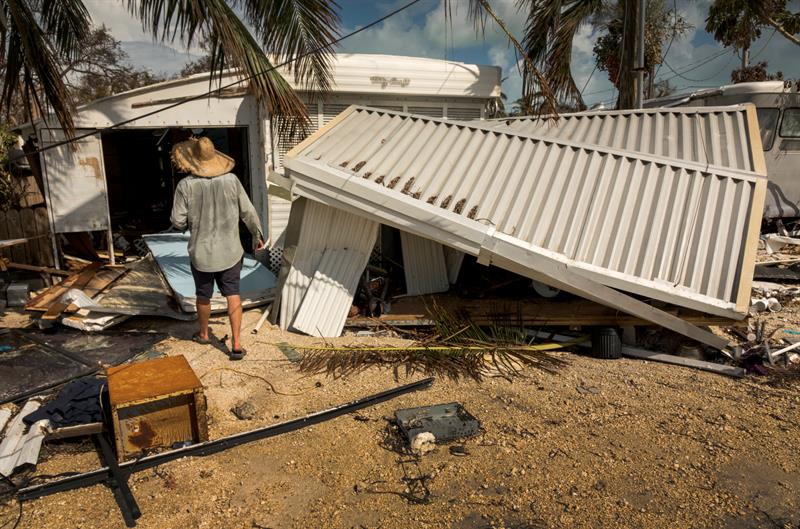
Greek immigrant John Linardatos, another of the few who challenged Irma and stayed with his uncle, told EFE that never in his 30 years on the island has he thought of evacuating and that he won’t do so despite his current precarious situation.
Due to the lack of water, electricity, telephony and fuel for the majority of the residents, and the risk that bridges could be damaged can represent, the federal and political authorities have recommended evacuation until these services can be guaranteed.
However, although it is previewed that the return to normalcy will take “weeks,” according to the federal government, the US1 this evening looked half empty on its lane to the city of Miami, to the north of the Florida Keys.
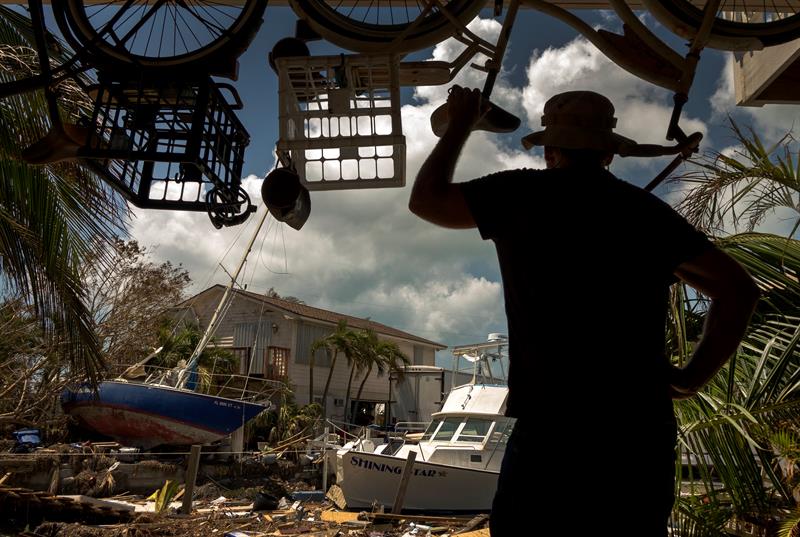
EFE / OnCuba.

